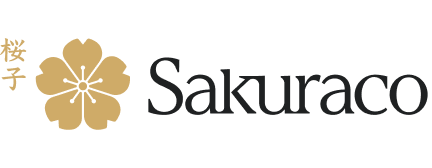baby name ban, kirakira
Kirakira Names: Can They Still Shine Bright?
Thuy Fang
Posted on July 15, 2025
Share:
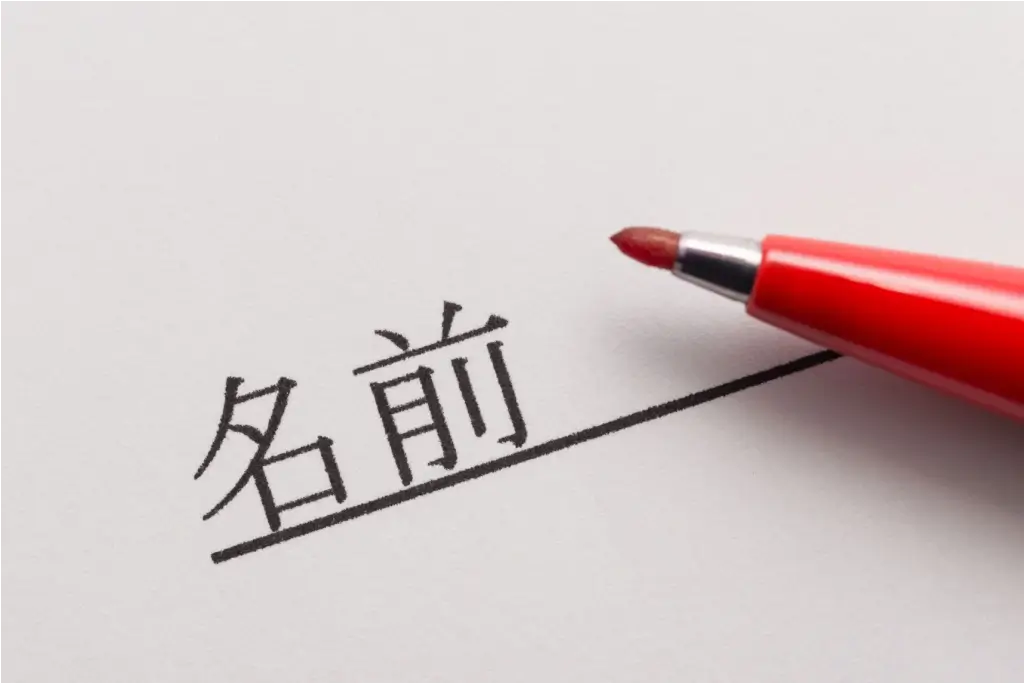
Kirakira means “sparkling” or “shiny” in Japanese. Like how something shiny catches your eye, kirakira names are special because they stand out. This type of name is also loved by many young and modern Japanese parents who choose it for their beloved children. However, the government has recently tried to limit this naming trend. Let’s explore the reason behind this action taken by the Japanese government!
What is the origin of the kirakira names?
Kirakira names started becoming popular in Japan around the 1980s, and since then, they’ve become increasingly creative. These names don’t follow the usual rules. For example, the kanji (logographic Chinese characters) for “moon” is usually read as tsuki, but in a kirakira name, it might be read as raito, which sounds like the English word “light”. These names often mix in words from foreign languages, pop culture, or magical-sounding ideas from anime, video games, and cartoons.

Some parents name their children after characters they love, such as Nausicaä or even Pikachu! Others use names that sound cool in English, but are written with Japanese kanji. Some names can be surprising, like calling a child “Prince” or even “Devil”.
Parents usually choose kirakira names because they want their children to shine bright and be different. In the past, Japanese culture liked everyone to be the same and follow the group. But now, more people are choosing names that show individuality. This has made kirakira names especially popular with girls, where the trend is more common. Sometimes, older people in Japan have trouble reading these names as they don’t sound like the kanji usually do. Even though they can be confusing, they show how creative and expressive modern families have become.
How did the Japanese government address the issue of kirakira names?
Over time, these names started causing real problems. Teachers, doctors, and government workers found it hard to read or pronounce them correctly. At times, the name looked one way but sounded completely different, which made it very confusing. One famous case happened in 1994, when a couple named their child Akuma (Devil)–most likely after a Street Fighter character of the same name. The government accepted it at first, but later took the parents to court to change it, worried the child might be bullied.

To solve these problems, the Japanese government issued a new rule in May 2025. They updated the Family Register Act, which records everyone’s names and birthdates. When parents give their baby a name, they must also write down how to say it.
Only names with precise and traditional readings will be allowed. If a name sounds too strange or does not match the meaning of the kanji, it might be rejected. Parents can still be creative, but they must explain why if they want to use an unusual pronunciation. The name might be sent to a special office for review if the explanation is unclear.
Are you looking for excellent snacks to enjoy this summer? Check out Sakuraco! Sakuraco delivers traditional Japanese snacks, teas, and sweets from local Japanese makers directly to your door so you can enjoy the latest treats directly from Japan!
What are the pros and cons of this ban?
This new rule has some good sides. One significant benefit is that it helps school staff, hospital workers, and officials read and say children’s names more easily. When names follow normal ways of reading the kanji characters, it saves time and avoids mistakes. This makes paperwork and digital records much smoother to manage. The rule also protects children from names that might be too strange or embarrassing, helping them avoid teasing or bullying.
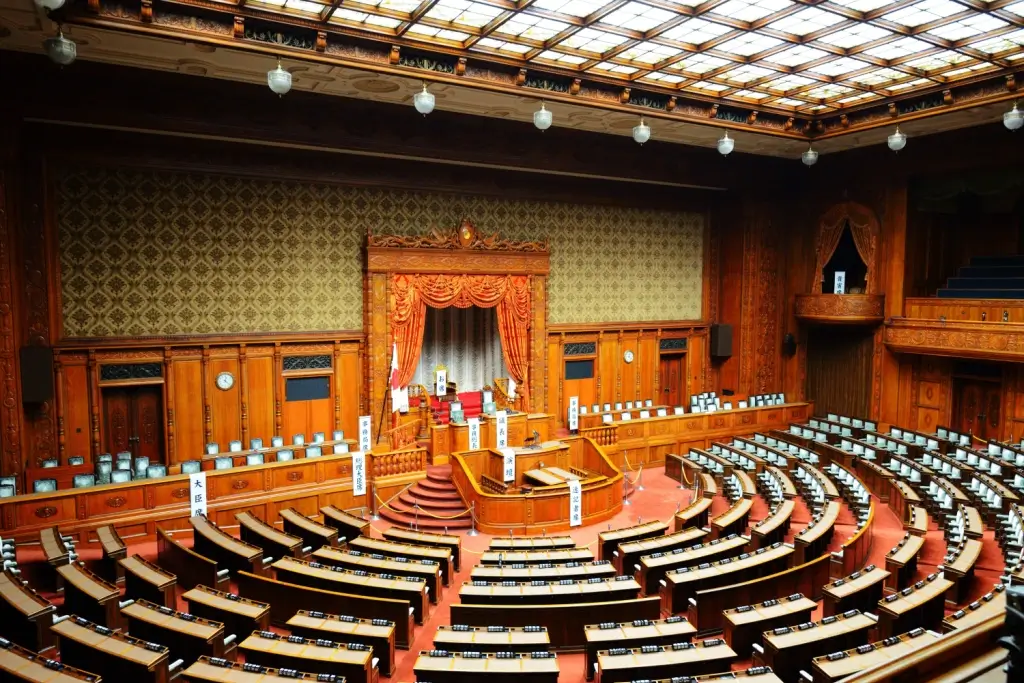
However, the rule also has some downsides. Some believe it restricts the creativity and freedom of parents who want to give their child a unique or meaningful name. Names are a special way to show love, dreams, and family hopes, and this rule might make parents feel limited.
Even though the rule has both good and not-so-good sides, I agree with the ban. Names must be easy to read and understand, especially for children. A name should make someone proud and happy, not confused or embarrassed. While being creative is terrific, the most important thing is that a name works well in everyday life.
Why is the ban on kirakira names necessary?
The ban on kirakira names is helpful since it balances creativity and clarity. Many Japanese parents want their children’s names to be unique and meaningful. While these names can be lovely, if the pronunciation is too unusual or does not match the kanji, it can cause trouble in daily situations. People may find them hard to read, leading to confusion in schools, hospitals, and other places.

This rule does not prohibit all fun or beautiful names, but helps ensure that names are clear and respectful. While some parents may feel sad that they cannot use every name they imagine, the new rule encourages naming with love and responsibility. What do you think makes a name truly special? Feel free to share your thoughts in the comments.
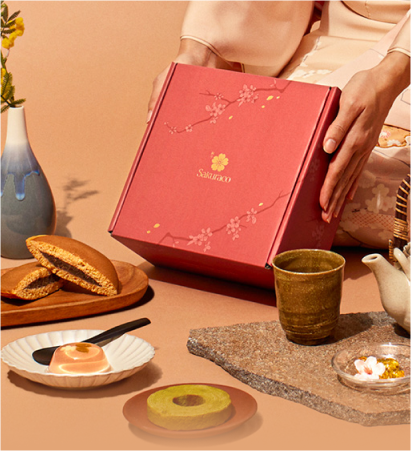
Discover authentic flavors with Sakuraco
Get Sakuraco 

Discover authentic flavors with Sakuraco
Get Sakuraco 
Related Articles
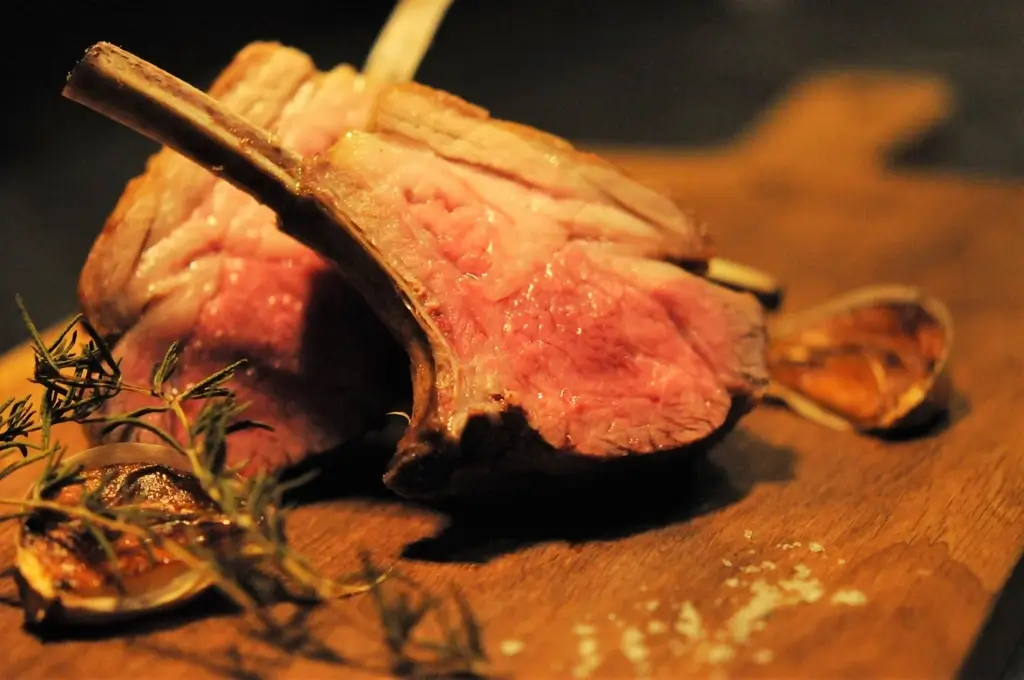
Hokkaido Restaurant Spotlight: Would You Try Bear Meat?
Japan is one of the countries that allows bears to be captured under a strict registered hunting system to prevent them from entering residential areas when natural food becomes scarce
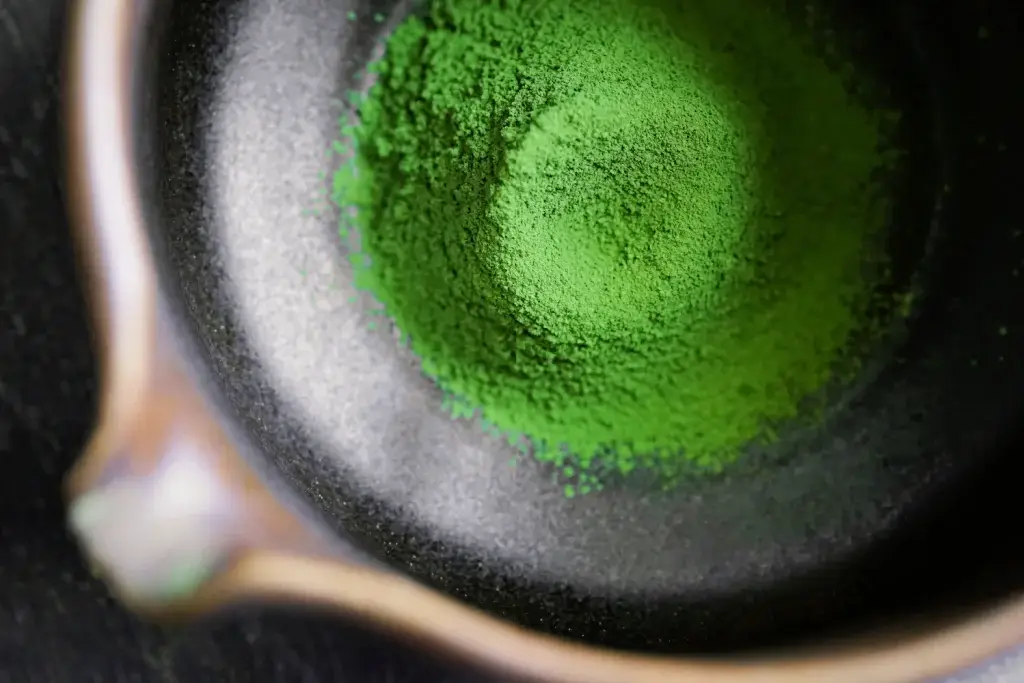
What Makes Uji Matcha Better Than Other Teas?
When people hear about matcha (Japanese green tea), they usually think of its bright green color or earthy taste.

Famous Japanese Paintings Make Historic Journey Home
Recently, two portraits of the 26 Martyrs of Japan have been returned from the Vatican, arriving back in their homeland after decades. These famous Japanese paintings allow viewers to connect with a remarkable part of Japan’s past.

The Sato 2531 Problem: What Can Be Done?
According to a new study, Japan could face what’s now called “The Sato 2531 Problem.” If nothing changes, by the year 2531, nearly every person in Japan might share the surname: Sato.

